Figuring out how to pack clothes for moving is no easy feat. So much time is spent disassembling furniture, deciding what to do with large items, and prepping fragile pieces for a safe trip that you often find yourself forgetting about those smaller pieces — clothes, in particular — and throwing them haphazardly in bags at the last minute.
While this isn’t the worst way to pack, it can waste a lot of space and time (later) — not to mention leave you with a wrinkled and damaged wardrobe.

1. Purge Your Closet
Before starting the packing process, one must first tackle the task of purging the closet. This means evaluating each item, considering its usefulness, and making a conscious decision about its future.
Clothes that no longer fit or are out of style must go.
Items that haven’t been worn in over a year (excluding special occasions) are prime candidates.
Donating these pieces not only declutters but also provides for those in need, making it a win-win.
It’s essential to adopt a methodical approach, categorizing items into keep, donate, and discard boxes. This significantly streamlines the entire packing and moving trajectory.
Remember, the aim is to only move what’s truly necessary. Efficient organization at this stage creates invaluable ease during unpacking.

2. Clean Clothes Before Packing
Once your sell or donate pile is out the door, you’re left with the clothes that will be making the journey to your new home.
If some of those clothes are dirty, wash them before packing. It can be tempting to take a laundry sack with you, but consider using garment bags instead, as the last thing you’re going to feel like doing after unpacking is a load of laundry. Plus, stained, soiled clothes are only going to worsen after time spent in boxes and suitcases. Having everything fresh and clean before it’s packed makes unpacking much more pleasant.
Freshly cleaned clothes will also reduce the risk of unwanted odors settling in during the move. If transporting clothes across different climates, clean clothes can better withstand the environment without picking up additional smells or lingering moisture.
On moving day, you can focus on the logistics rather than worrying about laundry. Freshly laundered clothes ensure that your new home feels instantly welcoming, devoid of the cumbersome chore of handling dirty laundry immediately upon arrival. This foresight adds a layer of comfort and efficiency to your moving experience.
3. Sort Clothes by Season

Sorting clothes by season, whether you’re relocating locally or cross-country, can significantly streamline your packing process.
More specifically, it allows you to pack your out-of-season clothing first and avoid sacrificing your current wardrobe, leaving you with the essentials easily accessible. If it’s summer, you can pack away those thick coats, sweaters, and boots. Conversely, if it’s winter, box up your swimsuits and summer dresses, knowing they won’t be needed anytime soon.
Strategically, this provides an organized method for tackling your clothing. By compartmentalizing the items you won’t need immediately, you effectively minimize clutter and make the unpacking process smoother at your new residence.
Additionally, sorting clothes by season also affords you the opportunity to evaluate your wardrobe meticulously. This evaluation aids in preventing overpacking by ensuring that you transport only necessary items, safeguarding space and reducing moving costs. This systematic approach not only declutters but optimizes your moving experience, catering to both efficiency and convenience.
4. Compress Bulkier Items
Condense bulky items like jackets, blankets, and comforters to make the most of your packing space by using vacuum bags.
By using vacuum bags, you can significantly reduce the volume of these items, freeing up precious room in your moving boxes.
Vacuum bags work by removing air, shrinking the items, and making them easier to stack and store during your move, without compromising their integrity.
Not only does this save space, but it also protects your bulky items from dust and potential damage, a critical aspect when learning how to pack clothes for moving long distance.
Incorporate this simple but effective strategy to streamline your packing process and ensure a more efficient move.
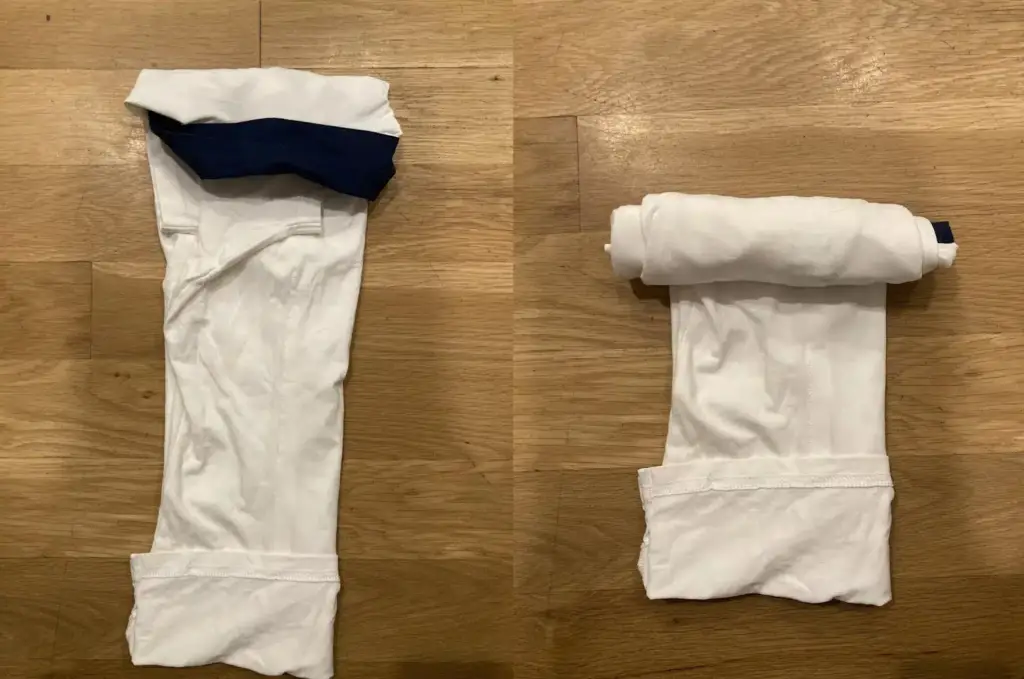
5. Use the Army Roll
Packing clothes efficiently can make a significant difference in space, wrinkles, and the ease of unpacking at your destination.
One highly recommended method is the Army Roll.
Not only does this rolling technique maximize the space in your boxes.
It also helps minimize wrinkles and creases.
To execute the Army Roll, start by laying your clothes flat, folding them into a compact rectangle, and tightly rolling them up.
Ensure every roll is tight and secure to prevent them from unrolling during the move.
Incorporate this technique into your packing routine to optimize space and ensure your clothes arrive ready to wear.

6. Use Wardrobe Boxes for Hanging Clothes
Wardrobe boxes and garment bags are vital for efficiently transporting hanging clothes during a move. They offer a straightforward and organized way to handle garments that need to remain on hangers.
Designed with a sturdy rod inside, these boxes safeguard delicate or high-value clothing items from being wrinkled. This makes unpacking and settling into a new home smoother and faster.
While wardrobe boxes can be more costly and take up space, their convenience and protection are often worth the investment. Plus, they prevent the hassle of re-pressing garments upon arrival.
Remember, these boxes are perfect for business attire, delicate fabrics, and outfits that need to be in pristine condition. Their upright structure also aids in preserving the original shape of clothes, making them a go-to solution for many movers.
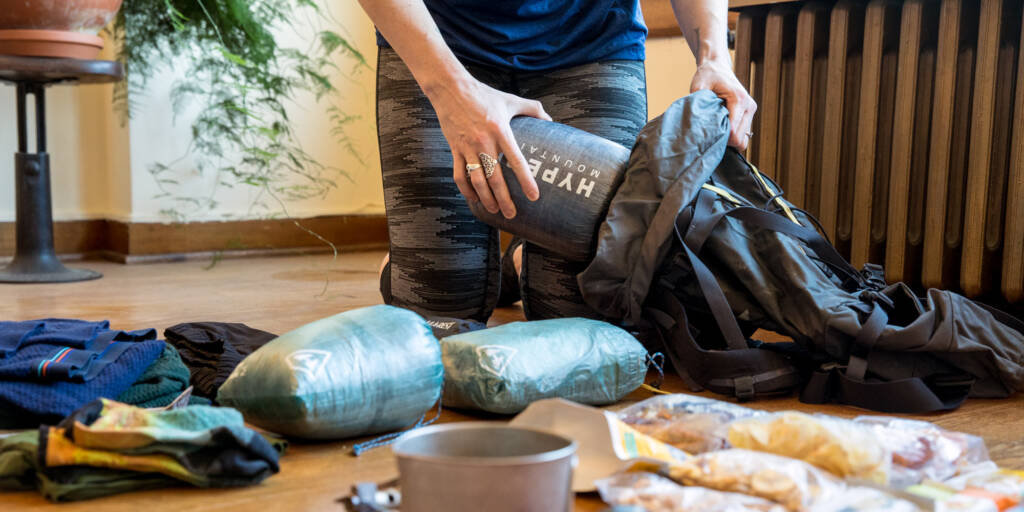
7. Pack Heavy to Light
When organizing your clothes for moving, consider starting with heavier items like jeans, sweaters, and jackets. By placing these items at the bottom of the box, you create a sturdy base that can support lighter clothing items.
This method helps prevent crushing or damaging lighter clothes that might get squished under the weight of bulkier garments.
Using smaller boxes for heavy items can also make them easier to lift and move. This approach minimizes the risk of injury or box breakage during transit.
Also, heavier bottoms help keep the boxes balanced and prevent toppling. Stability becomes especially important during loading and unloading from the moving vehicle.
Remember that evenly distributing weight reduces the chance of boxes collapsing. Ensuring heavier items are at the bottom prevents unnecessary strain on lighter tops.
By packing from heavy to light, you’ll not only protect your belongings but also streamline your unpacking process. This systematic approach leads to a more efficient and organized move.
8. Choose the Right Boxes and Bags
Choosing the right boxes and bags can significantly impact the efficiency and safety of your move, reducing stress and increasing peace of mind. Customizing your packing materials to suit fragile, bulky, and high-value items ensures optimal protection.
Specialty boxes like wardrobe boxes are perfect for hanging clothes, while vacuum-sealed bags save space for bulkier items.
8.1. Cardboard Boxes for Everyday Clothes
When packing everyday clothes, cardboard boxes are a versatile and economical option. They provide ample space and can be easily labeled for quick identification upon arrival.
It’s advisable to use small to medium-sized boxes for casual clothing. Larger boxes can become too heavy and cumbersome, increasing the risk of damage or injury during transit.
Cardboard boxes are biodegradable, making them a more eco-friendly choice for moving.
Ensure to fold or roll your clothes neatly before placing them in the boxes. This method saves space and minimizes wrinkles, making unpacking simpler and more efficient. A well-organized approach can enhance your moving experience significantly.
8.2. Wardrobe Boxes for Hanging Clothes
Wardrobe boxes are essential for hanging clothes.
These specialized boxes come with a metal bar across the top, allowing you to transfer clothes directly from your closet to the box without removing them from their hangers. This method not only saves time but also ensures that your clothing remains wrinkle-free and organized, providing optimal care for high-value garments. Additionally, wardrobe boxes are available in various sizes to accommodate different amounts of clothing, providing flexibility based on your needs.
They are particularly useful for delicate dresses.
Although more expensive than traditional cardboard boxes, the convenience and protection they offer make them worth the investment. They simplify the packing process and save you from the tedious task of ironing clothes after the move.
For those with extensive wardrobes, wardrobe boxes can streamline the entire moving process. Simply unlatch your clothes from the closet, hang them in the box, and seal it up. Once you arrive at your new home, it’s a simple matter of transferring them back to your new closet, keeping your garments in pristine condition.
8.3. Vacuum-Sealed Bags for Bulkier Clothes
Vacuum-sealed bags, more commonly known as space bags, present an exceptional option for packing bulkier clothes like sweaters and jackets.
By removing the excess air, these compression bags create a smaller, more manageable package, allowing for increased space efficiency. This makes vacuum-sealed bags an excellent solution for minimizing the volume of your more cumbersome wardrobe items. Furthermore, by protecting your clothes from moisture and odors, these bags add an additional layer of safeguarding during transit.
Effectively utilizing a vacuum-sealed bag is a straightforward process. Once you have cleaned your garments, fold or roll them neatly before placing them inside the bag. Use a vacuum or hand pump to extract the air, sealing the bag compactly.
While vacuum-sealed bags are a practical choice for reducing space, they are most beneficial for non-delicate items such as winter clothing, which is bulkier by nature. However, ensure you store these bags somewhere cool and dry, as sharp objects or excessive heat can damage the material, making them less effective.
8.4. Suitcases and Duffel Bags
Using suitcases and duffel bags for packing clothes can be both space-efficient and practical.
Suitcases, in particular, are designed to be a traveler’s best friend, and when moving, these features shine brightly, making them indispensable assets for storing clothing. Every inch of their interior is tailored to keep items organized, ensuring your garments remain unwrinkled and easy to access upon arrival. This level of organization brings a sense of control amidst the chaos of moving, helping streamline the unpacking process significantly.
Duffel bags, on the other hand, offer a flexible arrangement of space that is especially useful for soft, casual attire like T-shirts, jeans, and sweatshirts. Their malleable nature makes them easy to fit into tight spaces within moving trucks or cars. This adaptability maximizes every bit of storage capacity, enabling a more efficient move.
Moreover, if you designate your suitcases and duffel bags for essential items needed immediately upon arrival, you can skip the hassle of rummaging through multiple boxes. This strategy ensures you have instant access to vital clothing necessities while you gradually unpack and settle into your new home. Leveraging these travel companions for your move ultimately simplifies your transition, making the overall experience more organized and manageable.
8.5. Dresser Drawers
Dresser drawers offer unique packing advantages.
Utilizing dresser drawers and garment bags for packing can help save both time and space. By leaving clothes in the drawers and securing them with plastic wrap, movers can easily transport the dresser and its contents simultaneously. Conversely, unload lightweight garments to prevent overwhelming your dresser’s structural capacity.
This technique maximizes efficiency during moving.
Consider stabilizing and padding the drawer compartments to avoid shifting. This precaution protects delicate clothing inside, ensuring they remain undisturbed during transit. It’s a small measure that yields the great benefit of preserving garment integrity.
Lastly, using dresser drawers for packing minimizes the number of boxes required, leading to fewer unpacking hassles. Instead of packing twice—once into boxes and again into drawers—this method cuts the workload in half. It’s an excellent strategy for making the relocation process smoother and more streamlined.
8.6. Garbage Bags for Quick Packing
Using garbage bags for packing is incredibly fast and convenient.
- Quick and easy to use
- Cost-effective
- Allows clothes to stay on hangers
- Can bundle multiple items together
- Lightweight and flexible
- Easily available
- Perfect for last-minute packing
- Reduces packing time significantly
This method is ideal for casual clothing.
Bundle clothes together using garbage bags to simplify the moving process and reduce stress.
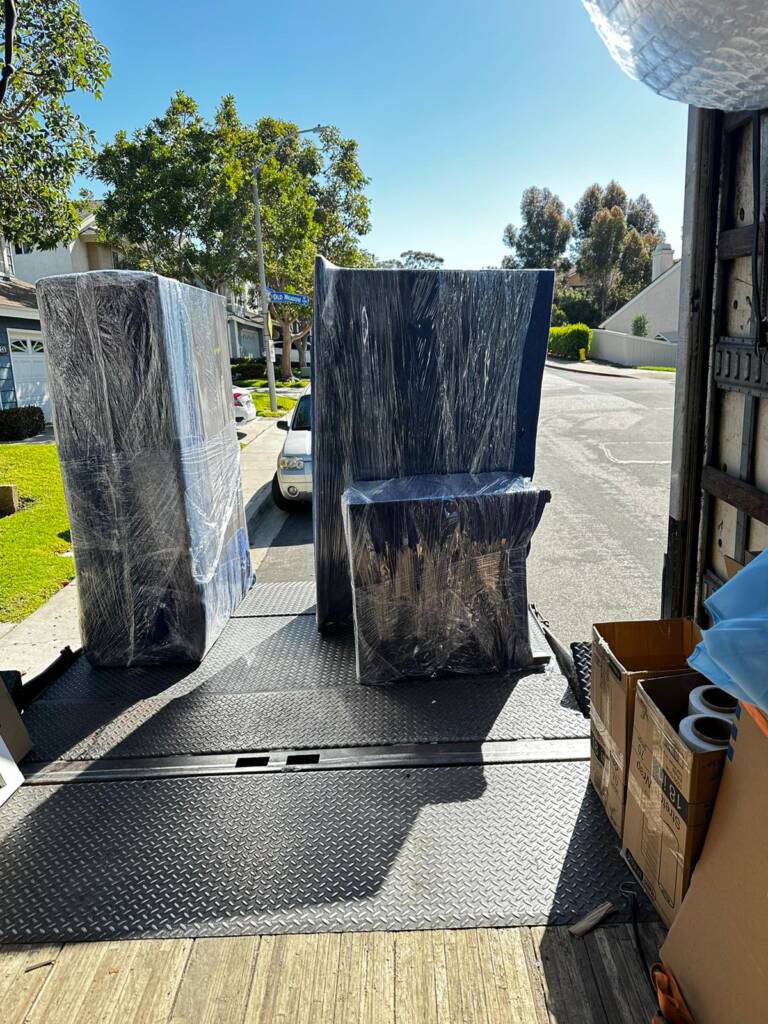
9. Bundle Clothing
Creating clothing bundles helps with packing and unpacking, keeping items organized and compact. This method reduces clutter and saves valuable space in moving boxes.
Start by laying down a large item, like a jacket.
Place smaller pieces of clothing on top, filling the larger piece completely to form a cohesive bundle.
Stack the bundles in a box with the heaviest ones at the bottom, ensuring stability during transit and minimizing clothes shifting. This strategic placement not only maintains order but also protects garments from potential damage.
10. Keep Clothes Fresh With Sachets
Moving can be a stressful experience, and the last thing you want is to unpack musty clothes.
Since 2016, lavender sachets, cedar chips, and dryer sheets have been particularly popular for keeping clothes fresh while in transit.
Sachets provide a fragrant barrier against potential unpleasant odors that might develop when clothes are stored away for long periods.
Place sachets within your boxes and suitcases, nestling them among your garments to ensure a fresh aroma that will last through the move.
By incorporating sachets, your wardrobe remains pleasant-smelling, adding one less worry when settling into your new home.
11. Protect Your Shoes
Properly protecting your shoes is crucial to preserving their shape and quality during a long-distance move.
Shoes should always be packed separately from other items of clothing to avoid damage.
Use tissue paper or socks to stuff the insides of your shoes for added protection and to maintain their shape.
If possible, utilize their original boxes or invest in specialized shoe bags to keep them organized and safe.
Consider using wine boxes with dividers, which provide an economical solution for separating pairs securely.
12. Pack Jewelry Separately
Jewelry needs special care during a move.
It’s always a good idea to keep valuable items close to you during the move. Insurance only covers so much, and sometimes the unexpected happens. If there’s jewelry you can’t replace, put it in a small pouch, pair it with other important possessions, and keep it with you while you drive or fly to your destination.
For added protection, wrap each piece.
Organize your jewelry by type, wrapping earrings, bracelets, necklaces, and rings in soft fabric or tissue paper. By doing so, they avoid scratching and tangling, thus preserving their quality and appearance.
Label each container if possible, making it easier to locate specific pieces once in your new home. This additional organization helps to streamline the unpacking process and ensures your prized possessions are readily accessible.
13. Have a Moving-Day Suitcase
A moving-day suitcase ensures that you have essential items readily accessible during the first few days in your new home. Packing this suitcase should be a priority as it helps in alleviating the initial chaos of moving.
This bag saves time and relieves immediate stress.
Consider including clothing essentials such as sleepwear, underwear, and a couple of outfits. Additionally, ensure you pack toiletries, medications, a phone charger, and any other must-have items that can make your transition smoother and more comfortable.
Remember, a moving-day suitcase is your lifeline to convenience amid the hustle and bustle of relocating. Crucial items such as a change of clothes, hygiene products, and basic cookware can make the first few days significantly less stressful, allowing you to settle into your new environment with relative ease.
14. Keep a Dirty Laundry Basket
A dirty laundry basket is essential.
As moving week progresses, the necessity for fresh clothing remains. A dedicated dirty laundry basket can help streamline this often-overlooked aspect of the moving process, ensuring that your clean clothes stay separate and organized from any items that may have been worn during the last-minute rush. This simple addition can make a significant difference.
Families with children find this particularly useful.
Keeping soiled garments in one place prevents them from getting mixed up with freshly packed clothes. This containment means you can efficiently transport the basket to your new house, reducing the need to rummage through various boxes seeking hidden dirty clothes.
Additionally, this practice aids in keeping things organized and less chaotic during the hectic final days of packing. A simple system such as this can significantly minimize disruption and make your transition far smoother. Trust in the power of small, organized steps to impact your moving experience positively.
15. Pack Hangers Efficiently
When packing up hangers, handle this seemingly trivial task with focus and care to avoid a tangled mess.
Firstly, gather your hangers into manageable bundles by grouping them by type: plastic, wire, or wooden. Secure each bundle with a strong rubber band or zip tie to keep them together. This step not only saves space but also simplifies the unpacking process, allowing for a seamless transition into your new closets.
Secondly, consider placing these secured bundles in appropriately sized boxes or bags for added protection. This ensures that your hangers remain grouped and untangled, and it keeps them from getting misplaced among other items during the move.
Finally, label the boxes or bags containing your hangers clearly, noting the contents and their intended rooms. This strategy helps maintain order and efficiency as you set up your new space, facilitating a smoother and more organized moving process overall.
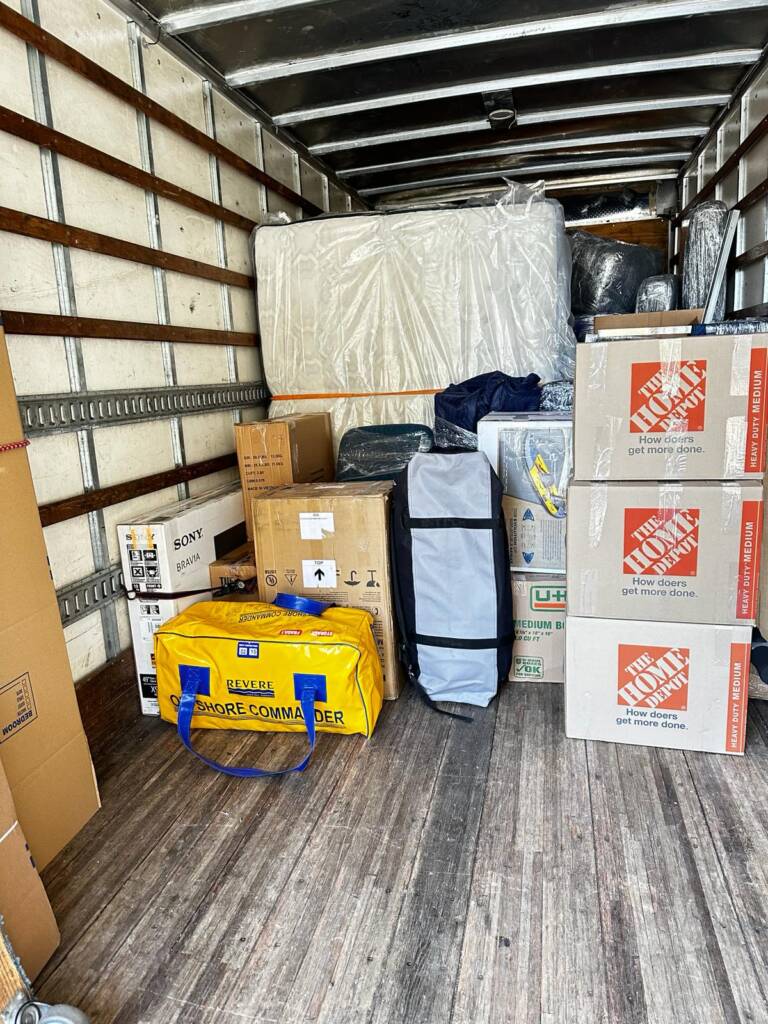
16. Move With Cube Moving Instead
Moving can be a daunting task, but Cube Moving and Storage can make it effortless with their white glove moving service. From purging your closets to packing your clothes with care, Cube Moving and Storage handles every detail to ensure your move is smooth and stress-free. Their professional team is equipped to manage all aspects of your relocation, allowing you to focus on settling into your new home.
Ready to experience a hassle-free move? Contact Cube Moving and Storage today to book your move:
Phone: (619) 366-9806 Email: contact@cube-moving-and-storage-303e9a.ingress-earth.ewp.live Website: www.cube-moving.com
Let Cube Moving and Storage take the weight off your shoulders and provide you with a seamless moving experience.

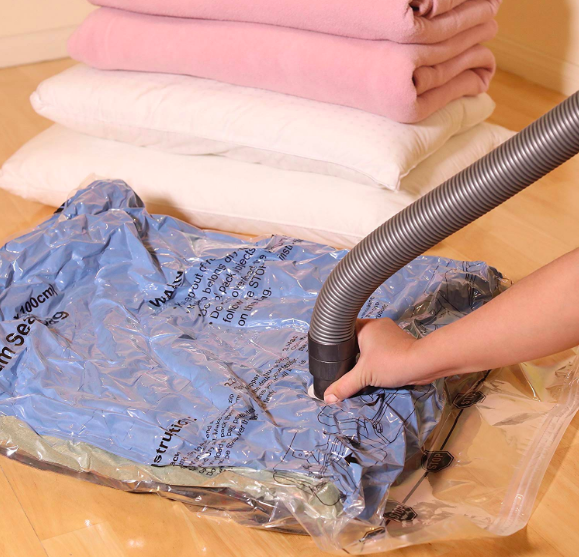



Leave A Comment